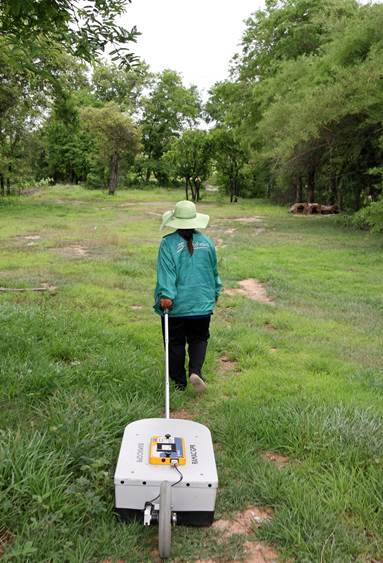FINDING GREENER PASTURES: THE LOCAL DEVELOPMENT OF AGRO-PASTORALISM IN THE ORDOS REGION, NORTH CHINA.
DOI:
https://doi.org/10.7152/jipa.v40i0.14994Abstract
The results of recent archaeological research in the Ordos region provide new information on the timing and process of the development of agro-pastoralism in China. Integrating previously published archaeological materials with archaeological research conducted since 2000, this essay synthesizes our current understanding of archaeological data for the middle to late Neolithic period (c. 3500–1800 B.C.) of the Ordos Region. The region is generally defined as including northern Shaanxi, southwestern Inner Mongolia, eastern Ningxia, and western Shanxi Provinces. Research into this transition to large-scale reliance upon domesticated herd animals is just beginning, but sheep, goat, and cattle husbandry were important from the Late Neolithic period onwards. During this time wild resources obtained through hunting and foraging appear to have been complementary to the diet in this region, though in small amounts. With the increasing use of zooarchaeological analysis, the foundation is laid for a greater understanding of the origins and the development of agro-pastoralism in the Ordos Region, Northwest China.

